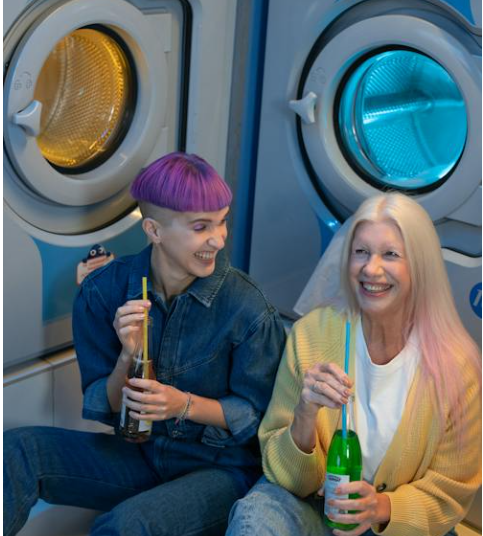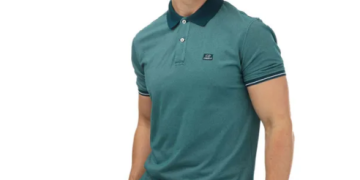Virtual try-on technology and augmented reality have revolutionized the online shopping experience, allowing consumers to virtually try on clothing and accessories before making a purchase. By overlaying digital garments onto real-world images or using virtual fitting rooms, retailers can provide customers with a more immersive and interactive shopping experience. This not only reduces the risk of returns but also enhances customer satisfaction and confidence in their purchases.
Sustainable Fashion Tech
As sustainability becomes a top priority for the fashion industry, technology is playing an increasingly important role in promoting eco-friendly practices. Innovations such as recycled fabrics, waterless dyeing techniques, and blockchain-based supply chain transparency are revolutionizing the way fashion is produced and consumed. By harnessing the power of technology, brands can reduce their environmental footprint and meet the growing demand for sustainable fashion.
Data Analytics and Personalization
Data analytics has become indispensable in understanding consumer behavior and tailoring marketing strategies to individual preferences. By analyzing vast amounts of data from online interactions and purchase history, brands can personalize the shopping experience, recommend relevant products, and target specific customer segments. However, concerns about data privacy and security remain a challenge for the industry, highlighting the need for transparent and ethical practices.
3D Printing and Customization
3D printing technology has opened up new possibilities for customization and on-demand production in the fashion industry. Designers can create intricate and unique garments using 3D printing techniques, allowing for greater creativity and flexibility in design. Additionally, consumers can personalize their clothing and accessories, creating one-of-a-kind pieces that reflect their individual style and preferences.
Fashion Tech in Wearables
In the realm of wearable technology, fashion and functionality converge to create innovative solutions for health and wellness. Wearable devices like fitness trackers, smartwatches, and biometric clothing seamlessly integrate technology into everyday apparel, enabling users to monitor their health metrics, track fitness goals, and stay connected on the go. As the demand for wearable tech continues to grow, fashion brands are exploring new ways to incorporate technology into their designs, blurring the lines between fashion and technology.
Challenges and Opportunities
While technology offers immense opportunities for innovation and growth in the fashion industry, it also presents challenges that must be addressed. Balancing the pace of technological advancements with the timeless craftsmanship and artistry of fashion is essential to preserving the integrity of the industry. Additionally, addressing issues of sustainability, ethical production, and data privacy will be crucial in ensuring a responsible and inclusive future for fashion.
Conclusion
In conclusion, the digital age has ushered in a new era of possibilities for the fashion industry, driven by technological innovation and consumer demand for convenience, sustainability, and personalization. From online shopping platforms to virtual try-on experiences, technology has transformed every aspect of the fashion ecosystem, shaping trends, marketing strategies, and consumer behavior. As we embrace the opportunities presented by technology, let us also remember the importance of preserving the artistry and craftsmanship that define the essence of fashion.

FAQs:
How has technology changed the way we shop for fashion?
Technology has made shopping more convenient and accessible, allowing consumers to browse and purchase clothing online from anywhere at any time.
What social media platforms are most influential in shaping fashion trends?
Instagram, TikTok, and Pinterest are among the most influential social media platforms for fashion, where users can discover the latest trends, follow fashion influencers, and share style inspiration.
What are some examples of sustainable fashion technology?
Sustainable fashion technology includes recycled fabrics, waterless dyeing techniques, and blockchain-based supply chain transparency, among others.
How is data analytics used in the fashion industry?
Data analytics is used to analyze consumer behavior, personalize marketing strategies, and optimize product offerings to meet the needs and preferences of customers.
What are the challenges of integrating technology into the fashion industry?
Challenges include maintaining the balance between tradition and innovation, addressing sustainability concerns, ensuring data privacy and security, and overcoming barriers to adoption among consumers and industry stakeholders.




